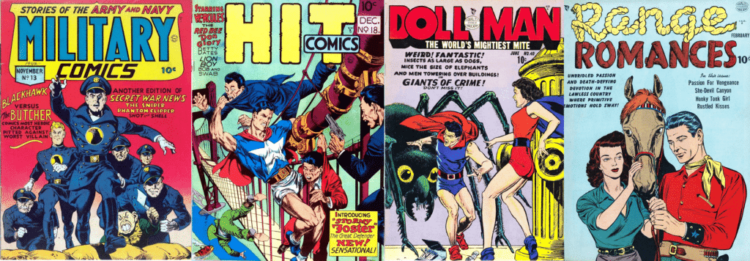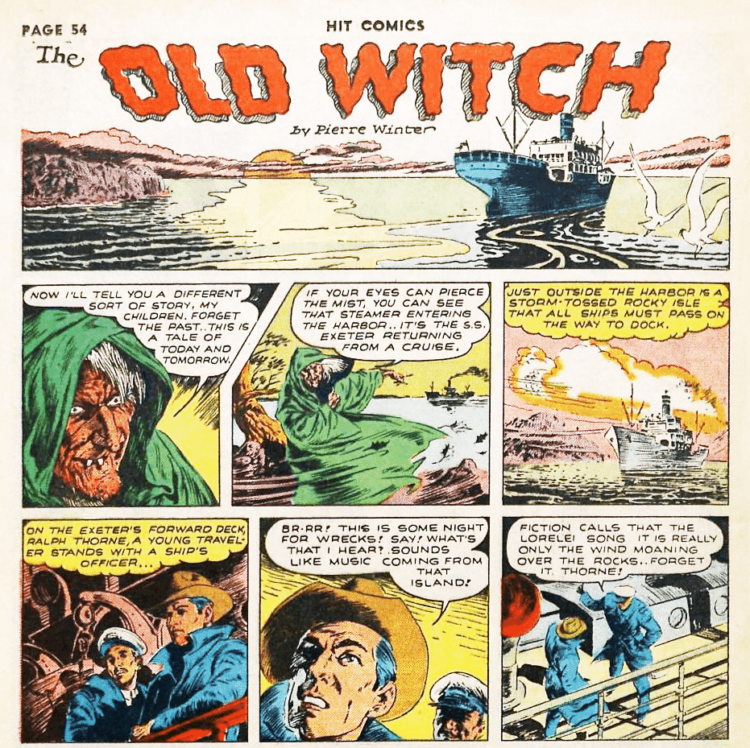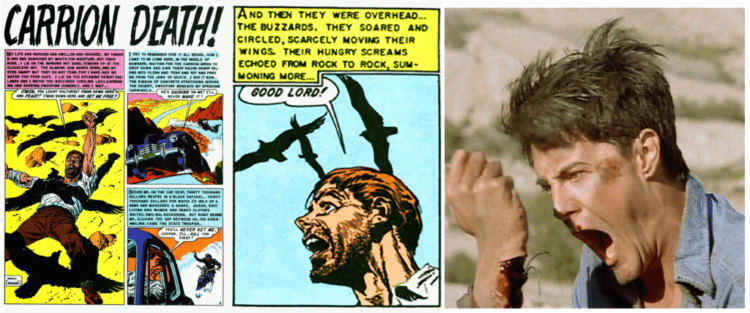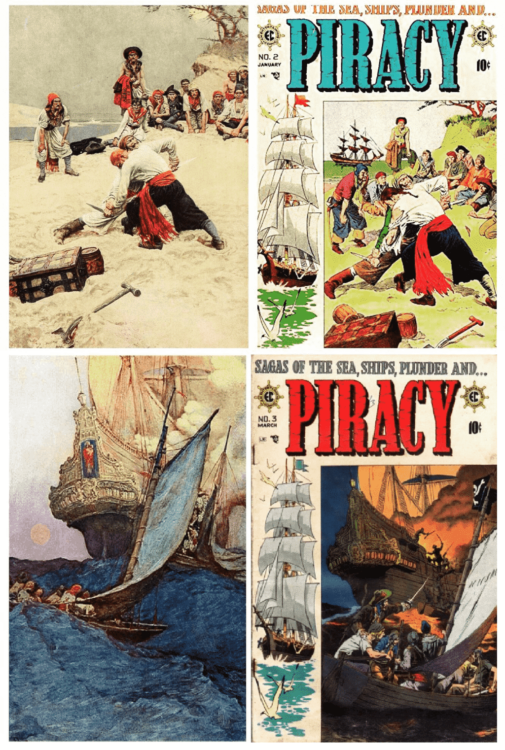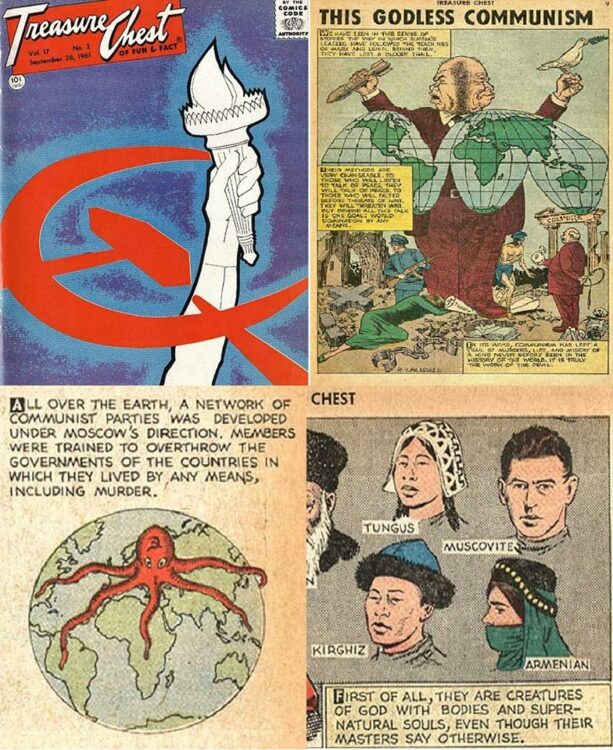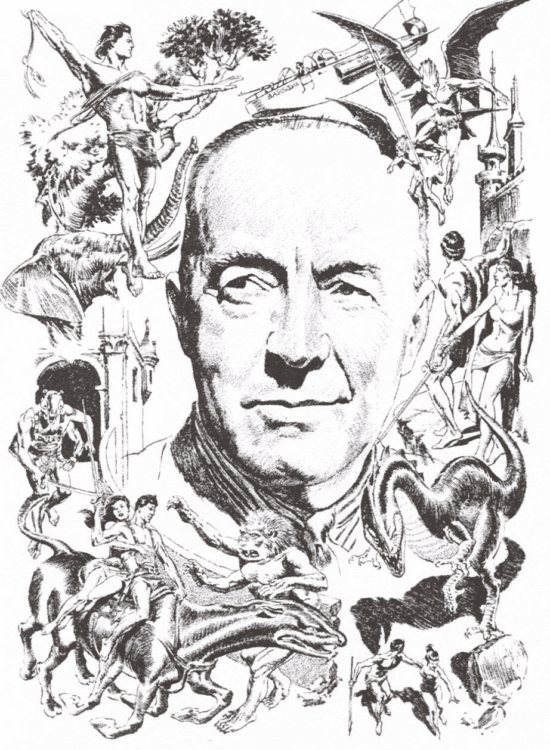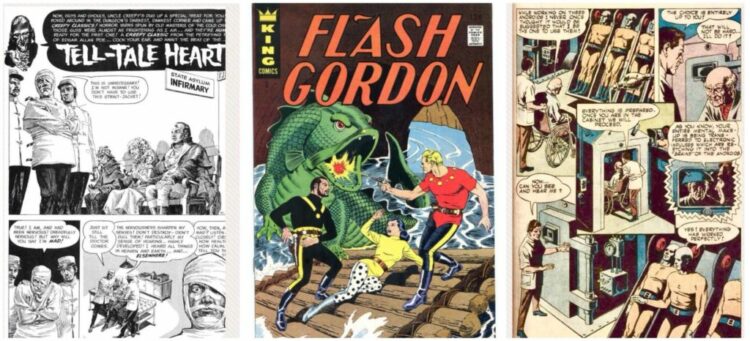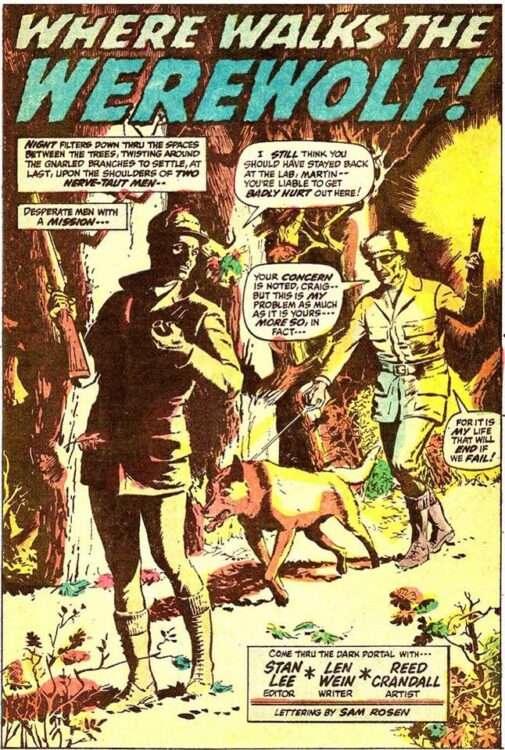The Importance of Reed Crandall To Comic Book History by Alex Grand
Read Alex Grand’s Understanding Superhero Comic Books published by McFarland Books in 2023 with Foreword by Jim Steranko with editorial reviews by comic book professionals, Jim Shooter, Tom Palmer, Tom DeFalco, Danny Fingeroth, Alex Segura, Carl Potts, Guy Dorian Sr. and more.
In the meantime enjoy the show:
One cannot attempt to know about the history of comic books, without knowing Reed Crandall. Sometimes we get a bit myopic and focus on Marvel and DC, and nothing else. Not to say those arent good comic book companies, because they are, and are backed by two powerful corporations, Disney and Time Warner. The characters are great, and the companies have contracted work from some of the top artists and writers of all time with two of the most iconic American Superheroes, Superman and Spider-Man. However Reed Crandall mostly worked for companies outside of the big two since the Golden Age of Comic books, and by learning about him, we open ourselves up to a larger bandwidth of Comic life beyond Marvel and DC Comics. At this point, we’ll go over a brief overview of his life, and work, and if you’re interested, feel free to buy a biographic book on this incredibly talented and gifted comic book artist and illustrator, and check out some of the books he cartooned or illustrated.
Reed Crandall was born in the midwest in 1917, with tremendous talent, able to draw as young as the age of 3 to 4, he could sculpt realistic figurines out of soap and wood, and later studied illustration at the Cleveland School of Art. At the age of 19, he made this painting called The Resurrection in 1936 shortly after his father died.
This piece currently hangs in an Episcopal Church in Wichita, Kansas. If magazines hadn’t mostly switched to photography in the 1940s, he would have had a much more lucrative career as an illustrator, rather than a comic book artist so instead of commercial illustration, after his University was over, he worked at the Iger Shop in New York who sold comic books to various publishers like Quality Comics. Quality Comics is famous for being the company that produced Plastic Man by Jack Cole.
Since his art was so good and founded in solid illustration, Quality’s owner Busy Arnold hired him directly where Crandall would turn in art to him or to the subcontracting Eisner Shop delivering the bulk of his Golden Age classics like Doll Man, Blackhawk and later some westerns where he was famous for drawing horses.
He packed so much illustrative talent into his covers and interiors, that Quality’s owner, Busy Arnold even had him make action packed covers for his books while he was in the military, even if it had nothing to do with the story inside! A side story he did for Quality Comics seemed to be a precursor to EC Comics. Alot of us love EC Comics early 1950s, especially the Old Witch stories by Graham Ingels. However there was an earlier Old Witch story from Quality’s Hit Comics 10, 1941 illustrated by Reed Crandall. Uncanny similarity of setting up the plot, to the Old Witch stories in Haunt of Fear 10 years later.
The story also ends with the Old Witch as a narrator, finalizing the lesson in this morality tale.
Crandall also did some side jobs at other places during the Golden Age like Timely as well as Fiction House. In the 1940s, readers (and service men) could always rely on Fiction House comics to provide action and long legged women.
One of their titles, Jungle Comics provided that, and then some, allowing artists to channel their inner Tarzan, and make copycat characters, but still showcase beautiful scenery, animal adventure and human anatomy. Reed Crandall showcased plenty of that in Jungle Comics 42, 1943. This cover, like his others, was so celebrated at Fiction House that Joe Doolin traced Reed’s splash page and used it as the cover to Jungle Comics 67, 1945.
Quality Superhero’s were on the decline by the end of the 1940s, so its owner, Busy Arnold got rid of that genre in some books like Police Comics, taking away Plastic Man and making way for Detective Ken Shannon in 1951.
They were to go all in for Crime Comics which sold better. Crime would form a nice gateway into Horror for some of the publishers as the early 1950s was underway, and Reed Crandall made some great covers and interiors during this phase for Quality Comics. Quality’s owner, Busy Arnold and his favored artist, Reed Crandall would have a falling out however and Reed would leave and go to EC Comics and produce comic books for publisher, Bill Gaines working on science fiction, horror and crime comics. One of them, Carrion Death in 1953 would be depicted in the 1990s Tales from the Crypt TV show.
Like we talked about in our Fredric Wertham episode, the Comics Code would be implemented by most of the comic publishers, which wreaked havoc on established distribution and newsstand relationships, causing a complete neutering of the American visual sequential narrative in comic book form, causing outside books like EC Comics to lose their flare and having to choose less violent genres other than crime and horror. EC Comics would undergo a new direction, and one of the books was called Piracy, 1955.
Since Reed was a young kid, and fascinated in illustration, he had studied Howard Pyle’s Pirate illustrations from the turn of the 20th century and directly used those for inspiration for these two Piracy covers in 1955. Pyle is one of the great American illustrators and these painted illustrations are from 1908 and 1905. These EC New Direction books didnt sell well from lack of excitement as well as poor sabotaged distribution, so Gaines gave it one last shot by trying to duplicate the success of transforming Mad Comics into Mad black and white Magazine, with his other genre’s by creating EC Picto-Fiction in 1955 – 1956 to convert the Horror, Crime, Romance and Shock comics to Magazines geared toward Adults. This was EC Picto-Fiction 1955-1956 and here is a cover by the illustrious Reed Crandall.
These lasted only 2-3 issues each, which ultimately did not sell well but leaves us with some incredible art to review years later. Bill Gaines would give up on his EC Comics and devote full force to MAD magazine, giving Reed Crandall less work which he would have to find elsewhere. The late 1950s was a sparse time for Reed Crandall in the comic book business. Although alot of the EC Comics artists would head over to Atlas which Reed did, the 1957 Atlas Implosion, we discussed in an earlier episode, would also mean less contracted work for Crandall so he found alternative sources of comic book jobs.
In 1956 Reed Crandall, who had joined up with Ray Wilner a few years earlier working on Buster Brown Shoes comics, started illustrating Robin Hood comic tales as part of the shoe merchandising effort, as well as working at Atlas before their implosion. He also hooked up with Classics Illustrated, illustrating comic book stories that retold famous works of literature like this Hunchback of Notre Dame in 1960. He also did some work at Dell Comics and more importantly Treasure Chest which paid more money per page than other publishers.
This was a Catholic Comic, and one famous series by Crandall started in 1961 called “This Godless Communism” which was a commentary on Communism’s past and present extending to that year. JFK was president during this run whose Cold War tactics are often remembered by historians. Interesting to note that Hydra in Marvel Comics would also use a cephalopod as a symbol of ominous tentacles within civilization. In the early 1960s, Reed Crandall also found a side gig illustrating Edgar Rice Burroughs stories with Canaveral Press.
Some truly celebrate this work and it is indeed worth investigating. In 1965 Reed Crandall illustrated this beautiful portrait of Edgar Rice Burroughs surrounded by his creations which is used and reused to illustrate the spirit of the creator of Tarzan, John Carter and Pellucidar. Canaveral Press went out of business though, and as Reed Crandall’s ERB work fizzled out, he continued making comics for Treasure Chest and picked up two new accounts for the later 1960s,
1 with Jim Warren illustrating comics for Creepy and Eerie as well as at Tower Comics with Wally Wood working on the Noman and Dynamo characters in THUNDER Agents, in 1965. He would also take over for Al Williamson on the short lived Flash Gordon comic book from King Comics in 1967. These comics are absolutely beautiful, and demonstrate how talented and varied in genre he was doing horror, science fiction and superhero’s with relative ease and beauty. That was to end relatively soon after this however. Reed Crandall had very few contracted works in the 1970s, some random jobs for Warren Magazines with artwork that reduced in quality over time, one Marvel work for Creatures on the Loose 13, 1971.
Treasure Chest stopped buying new material, and he was losing money. He moved in with his family in Wichita, Kansas and worked as a night watchman in a Pizza Hut warehouse. He suffered a stroke in 1973, couldn’t draw anymore, became disabled and lived in an institution. In 1982, he had a heart attack and died. This would be a sad and brain damaged final 9 years of his life. His life began with so much talent at an early age, pumping out high quality and quanitity over years and decades, that makes living the final 1/7th of his life this way all the more tragic. Be that as it may, studying his work and life is important because by following it, we see how a craftsman, who was gifted with illustration traveled beautifully through the comic book industry from the Golden Age to its Bronze age and mostly grafting his talent on projections outside of Marvel and DC Comics. By appreciating Reed Crandall, we appreciate the Comic Book art form and what else the industry has to offer besides the very obvious.
Cheers.
join us for more discussion at our Facebook group
get historic comic CBH Merchandise
check out our CBH Youtube Channel
check out our CBH Podcast available on Apple Podcasts, Google PlayerFM and Stitcher.
Images are not intended to infringe on copyright, but rather used for academic purpose.
Blackhawk ©DC Comics, Military Comics, Hit Comics, Doll Man, Range Romances, Jungle Comics, Police Comics, Ken Shannon are public domain images, EC Comics, Piracy, Terror Illustrated, Shock SuspenStories, Tales from the Crypt ©Bill Gaines, Uncanny Tales ©Marvel, Creatures On the Loose ©Marvel, Flash Gordon ©King Feature Syndicate, Creepy Magaizine and Eerie Magazine ©2018 New Comic Company, LLC, THUNDER Agents ©IDW Publishing, Works of Edgar Rice Burroughs ©ERB, Treasure Chest ©1972 Dennison, Robin Hood comic ©1956 Buster Brown Shoe Co, Photos ©Their Respective Copyright holders, Definitely Read his extensive bio from Roger Hill.












